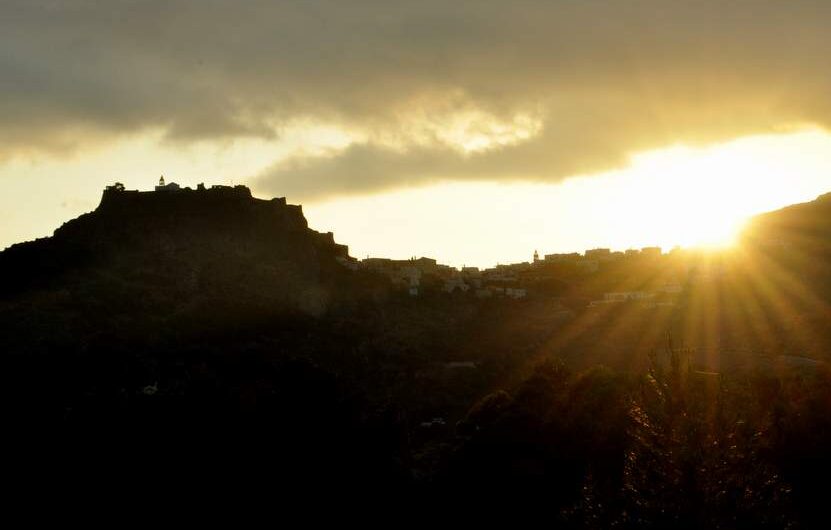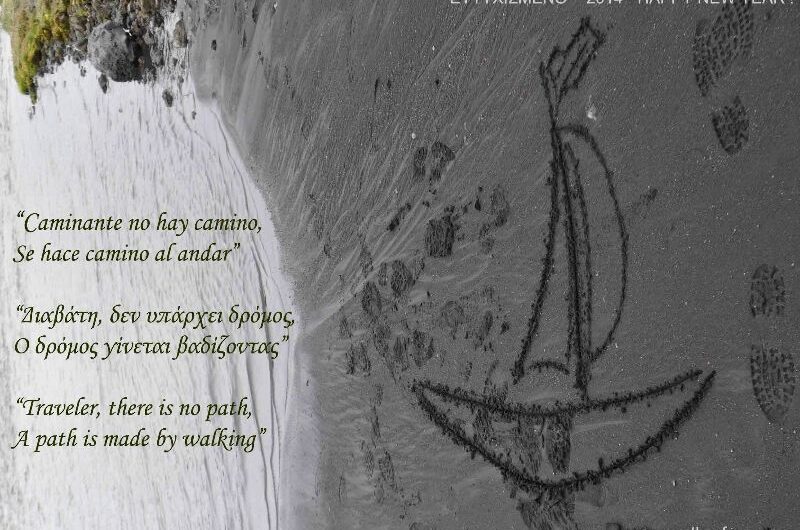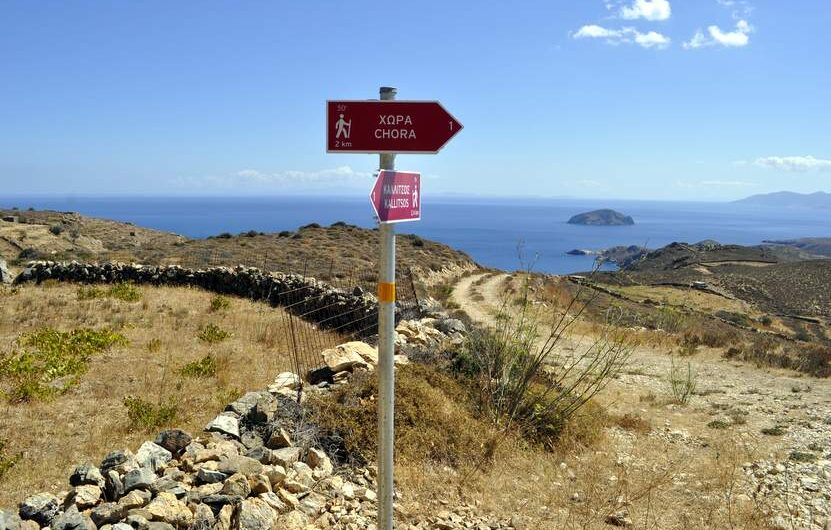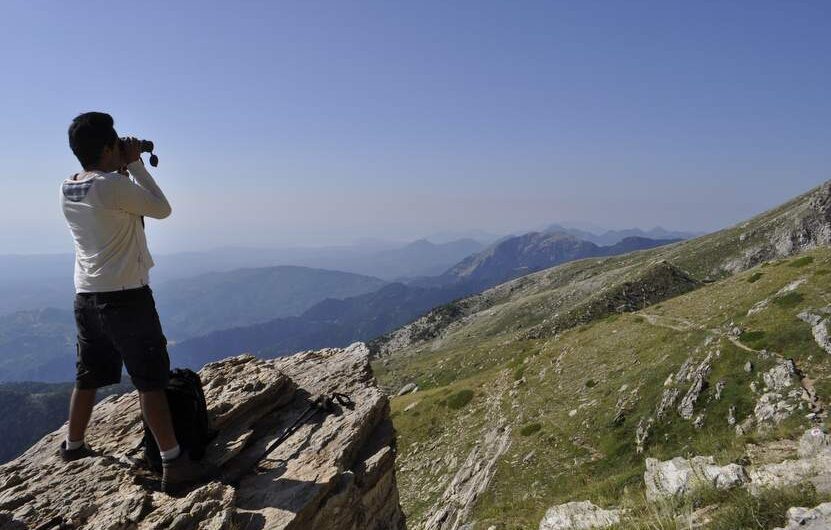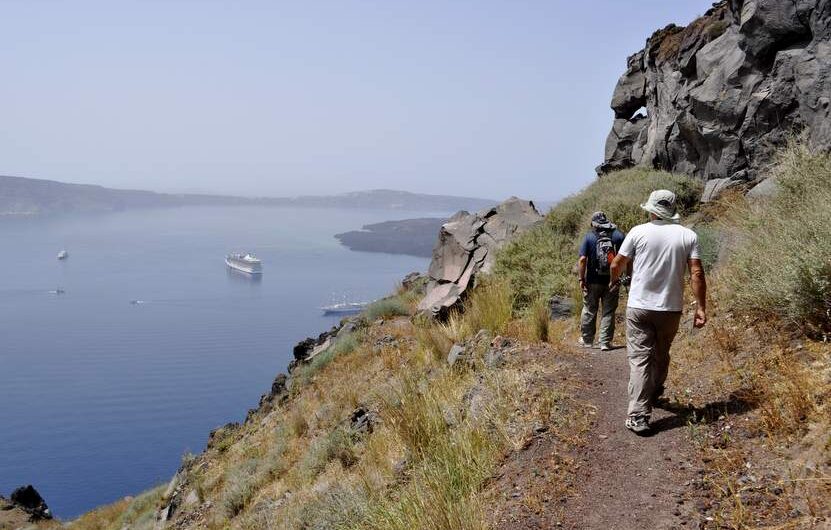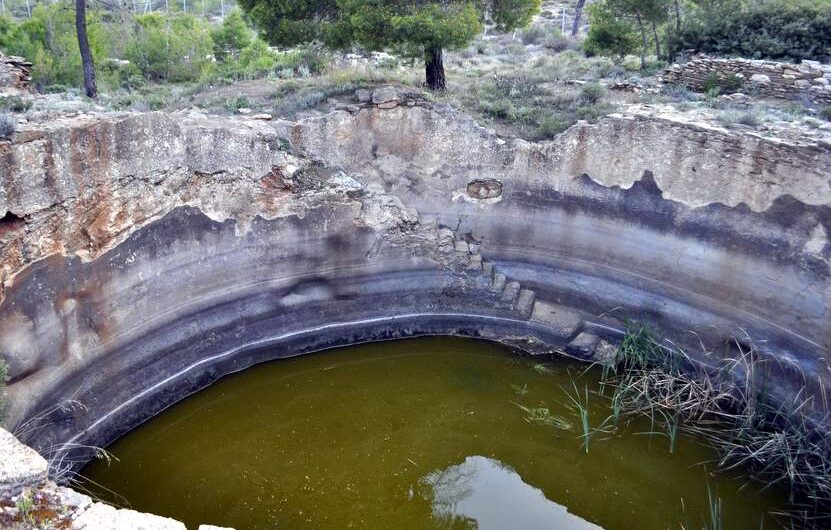An unforgetable day in the Peloponnese A few months ago, I had an amazing trip in the Peloponnese with Julio, my good Mexican friend. It was Julio’s second time in Greece, and we had decided to visit the Peloponnese and Epirus region. Our aim was to get as tired as possible from walks and scenery. Our Peloponnese trip lasted four days, and we saw the canal of Isthmos, Epidavros, Nafplion with its Castle, the picturesque villages of Mt. Parnonas, Monemvasia, Geraki, Taygetos Mt., Mani, Tainaron cap, Kalamata, Polylimnion, Pylos, Gialova, Voidokoilia, Olympia, Foloi as well as the villages of Kyllini Mt. All of them are incredible places. Full of history. Places where nature embraces you and fills you in with energy and force. The funny thing is that one can easily repeat an equally amazing “tour of the Peloponese”, without really passing from the same monuments and places! But let us leave this for another time. Every day of this trip was full of surprises, but none was as an experience as the day described below, that left to both Julio and me, a feeling of endless joy. To me, it was certainly the most beautiful traveling day I ever had. We woke up in our tents early in the morning, to see the sunrise from the mountain hut of Taygetos at 1600m of altitude. After a quick breakfast, we started our ascend to the peak of the holy mountain of ancient Spartans. The peak is called Profitis Ilias, as well as Pyramid, from some people who believe that it was carved by the Spartans. Why would they do such useless things, I don’t know! A few hours later, we reached the peak of the mountain, and of the whole Peloponnese, at 2407m. The views from there are endless to
An unforgetable day in the Peloponnese
A few months ago, I had an amazing trip in the Peloponnese with Julio, my good Mexican friend. It was Julio’s second time in Greece, and we had decided to visit the Peloponnese and Epirus region. Our aim was to get as tired as possible from walks and scenery. Our Peloponnese trip lasted four days, and we saw the canal of Isthmos, Epidavros, Nafplion with its Castle, the picturesque villages of Mt. Parnonas, Monemvasia, Geraki, Taygetos Mt., Mani, Tainaron cap, Kalamata, Polylimnion, Pylos, Gialova, Voidokoilia, Olympia, Foloi as well as the villages of Kyllini Mt.
All of them are incredible places. Full of history. Places where nature embraces you and fills you in with energy and force. The funny thing is that one can easily repeat an equally amazing “tour of the Peloponese”, without really passing from the same monuments and places! But let us leave this for another time. Every day of this trip was full of surprises, but none was as an experience as the day described below, that left to both Julio and me, a feeling of endless joy. To me, it was certainly the most beautiful traveling day I ever had.
We woke up in our tents early in the morning, to see the sunrise from the mountain hut of Taygetos at 1600m of altitude. After a quick breakfast, we started our ascend to the peak of the holy mountain of ancient Spartans. The peak is called Profitis Ilias, as well as Pyramid, from some people who believe that it was carved by the Spartans. Why would they do such useless things, I don’t know!
A few hours later, we reached the peak of the mountain, and of the whole Peloponnese, at 2407m. The views from there are endless to all directions. Our cameras were on fire, but we also had some moments of thoughts, trying to feel the energy of the place. I attempted to travel back in time, and to get the feeling of majesty that ancient Spartans would feel when reaching this holy mountain top…
Time was pressing us, and we started our descent. To make it easy to leave this beautiful place, I promised to my self that I would visit it again soon. We reached the mountain hut about two hours later, and jumped in the Lada Niva that I had once again borrowed from my father. Our direction now was the cave of Diros. I had told nothing to Julio about the size of the cave, nor about the fact that we would have a subterranean boat trip of about 1km! We explored the miraculous cavities, our eyes still eager to see new images, even more impressive than the views we had in the morning. The best part of the cave, we both agreed, was the room with the “Golden Rain”. You will see it on one of the pictures below. When we finaly saw the exit of the cave, we thought that the surprises would be over. The crystal clear waters, the dry mountains of Mani and the colorful boats that were standing there proved us that anywhere we looked, the landscape will reward us.
After Diros, and a quick swimming in the aforementioned waters, we continued the route to Vatheia, this 18th century castle village, with about 70 towers and houses, still standing on top of a hill, looking at the sea above. It is perhaps the most impressive of all tower villages in Mani, and this cost us about 150 pictures! But time was pressing for sunset, and we continued rapidly to the beginning of the path that would lead us to Cap Tainaron, the southernmost point of the Peloponnese. The path was beautiful, with small surprises here and there. We walked rapidly in order to be at the lighthouse before sunset. We made it about 25 minutes later! The sun was still there, ready to set. We were standing steel, looking at this majestic views, being at the very bottom of the beautiful Peloponnese, and recalling all these amazing moments we lived that day. Waking up on the highest peak of the region, having a boat trip inside the deepest part of the Peloponnese, and reaching its southernmost point. Three extremes, full of energy, full of hope. That was, until now, my best day of traveling.

